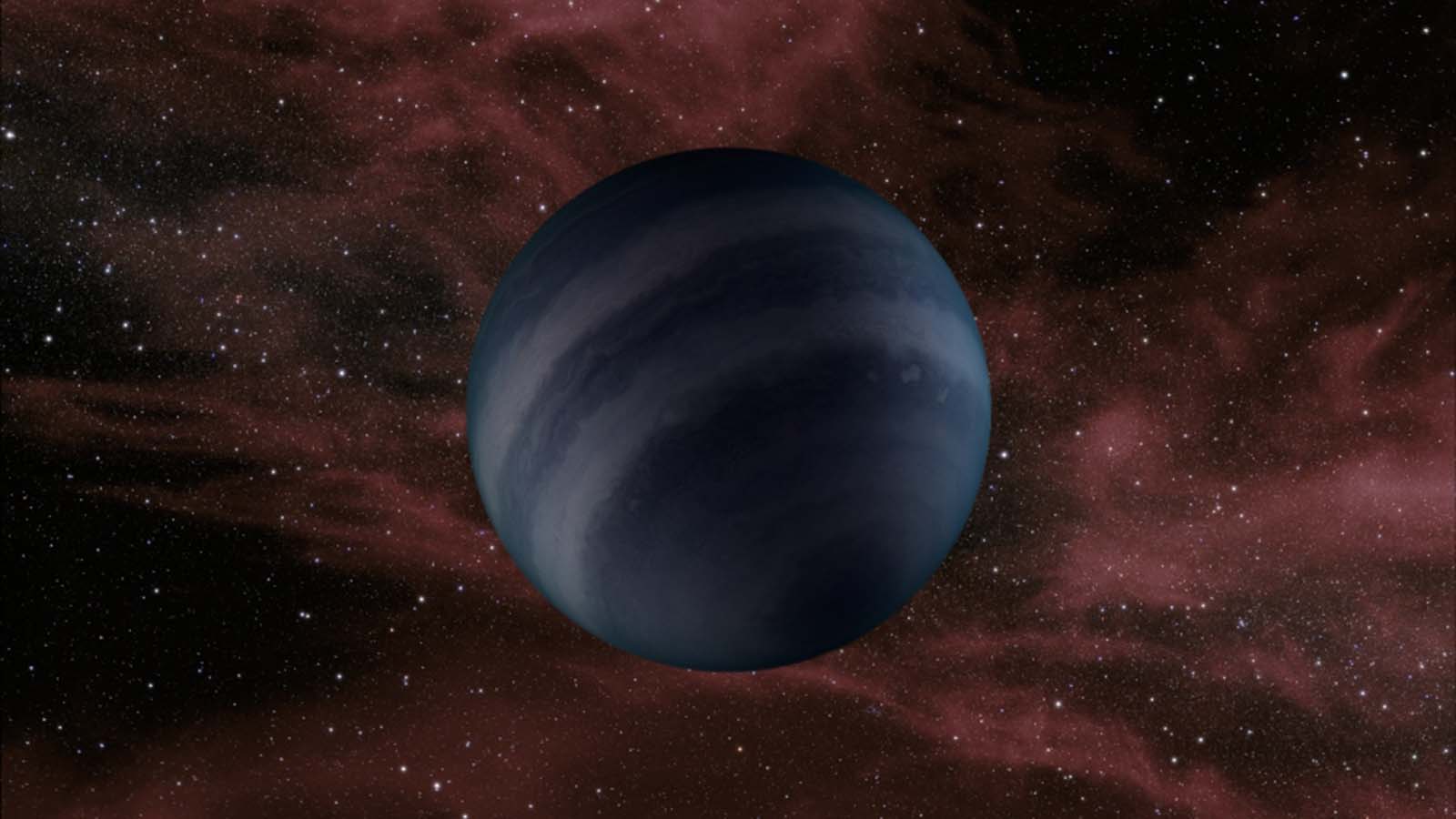Primordial brown dwarf called The Accident found stumbling through the Milky Way
The Accident is one of the oldest brown dwarfs ever identified

Scientists have identified a venerable brown dwarf nicknamed 'The Accident' that is almost as old as the universe itself careening through our galactic neighborhood at half a million miles an hour – and it's upending what we thought we knew about these strange, not-quite-a-star-but-not-quite-a-planet space objects.
As LiveScience explains it, brown dwarfs are best thought of as failed stars; seriously massive bodies that range from 13 to 80 times the size of Jupiter, but don't quite have the mass to ignite nuclear fusion in its core to become a star. Instead, their heat dissipates with time, making them little more than stellar embers that are difficult to detect.
The Accident was discovered – you guessed it – by accident by a citizen astronomer named Dan Caselden, who was using a homebrewed online computer program to sift through new astronomical data looking for brown dwarfs. Caselden was studying a completely different group of brown dwarf candidates when The Accident suddenly swooshed into view.

What puzzled scientists about The Accident is that the infrared light if gives off indicates that it is very cold, and so must be very old, but in other wavelengths, The Accident appeared much brighter, indicating that it was a younger brown dwarf.
Not ones to let such a contradiction go unchallenged, astronomers tracked down the object using an infrared telescope at the W. M. Keck Observatory in Hawaii as well as the Hubble and Spitzer space telescopes. What they found was even stranger, published in a June study in The Astrophysical Journal Letters.
Located about 50 light-years away from us, The Accident is careening through the galaxy at roughly 500,000 mph (about 800,000 km/h). This is much faster than other brown dwarfs that have been discovered to date, and indicates that The Accident is indeed old. Its incredible speed is likely the accumulated effects of larger gravitational bodies like actual stars slinging it around the Milky Way.
There is also the matter of its composition: it has a very low level of methane, a common compound found in brown dwarfs. The study authors believe that this is a result of the advanced age of the brown dwarf. Having formed when the universe was young and the massive stellar explosions known as supernova had not had time to distribute sufficient carbon atoms into the universe for the brown dwarfs hydrogen to bond with.
Get daily insight, inspiration and deals in your inbox
Sign up for breaking news, reviews, opinion, top tech deals, and more.
"It's not a surprise to find a brown dwarf this old, but it is a surprise to find one in our backyard," said study co-author Federico Marocco, an astrophysicist at Caltech, in a statement. "We expected that brown dwarfs this old exist, but we also expected them to be incredibly rare. The chance of finding one so close to the solar system could be a lucky coincidence, or it tells us that they're more common than we thought."
"This discovery is telling us that there’s more variety in brown dwarf compositions than we’ve seen so far,” said Davy Kirkpatrick, an astrophysicist at the Infrared Processing & Analysis Center at Caltech in Pasadena, California and a co-author of the study. “There are likely more weird ones out there, and we need to think about how to look for them."
Analysis: Science isn't just for the professional scientists
Its easy to fall into thinking that science is something that professional scientists do, but for much of scientific history, science was progressed by people with more mundane day jobs.
In fact, it really wasn't until the Industrial and Modern eras that scientists became a "profession" that you could pursue as a career. It's also something that anyone can contribute to if they have the passion for it and you are willing and able to follow a scientifically rigorous approach. The Accident is one such contribution and the are countless others like it made by people working late at night on a passion project.
So if you love science but always felt like you were consigned to just reading about it, there's never been a better time than now to jump in. You might even get to name a new discovery something completely off-the-wall and have it go down in history.
- Stay up to date on all the latest tech news with the TechRadar newsletter

John (He/Him) is the Components Editor here at TechRadar and he is also a programmer, gamer, activist, and Brooklyn College alum currently living in Brooklyn, NY.
Named by the CTA as a CES 2020 Media Trailblazer for his science and technology reporting, John specializes in all areas of computer science, including industry news, hardware reviews, PC gaming, as well as general science writing and the social impact of the tech industry.
You can find him online on Bluesky @johnloeffler.bsky.social